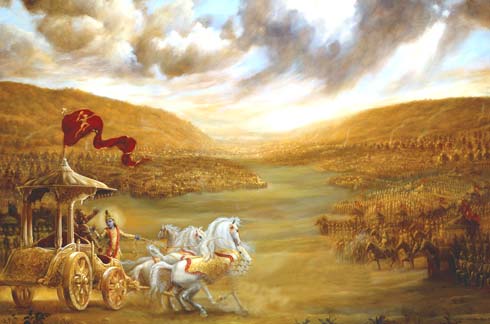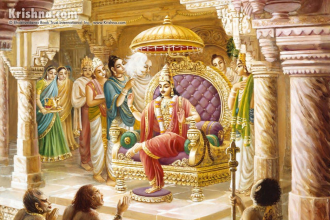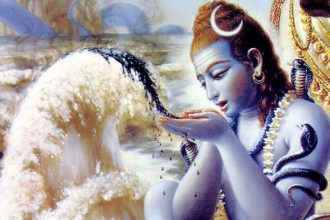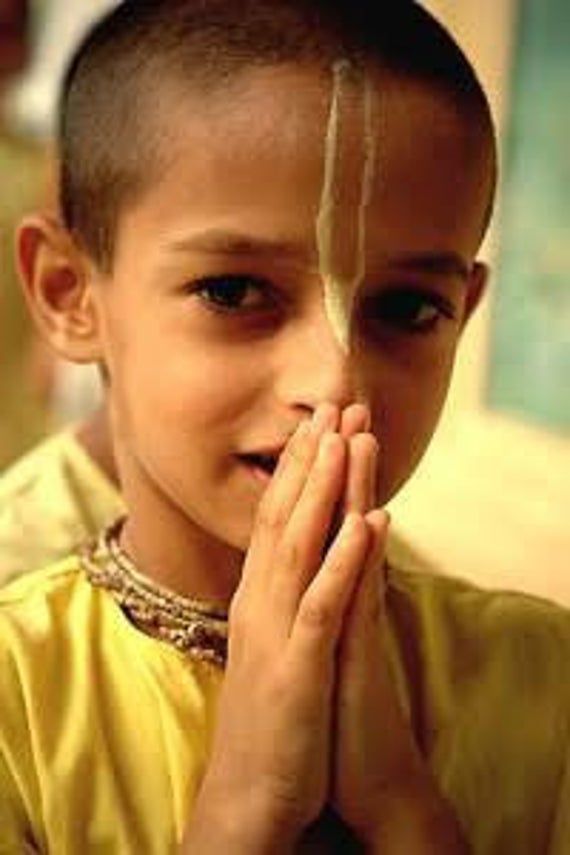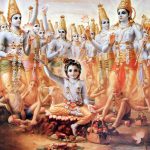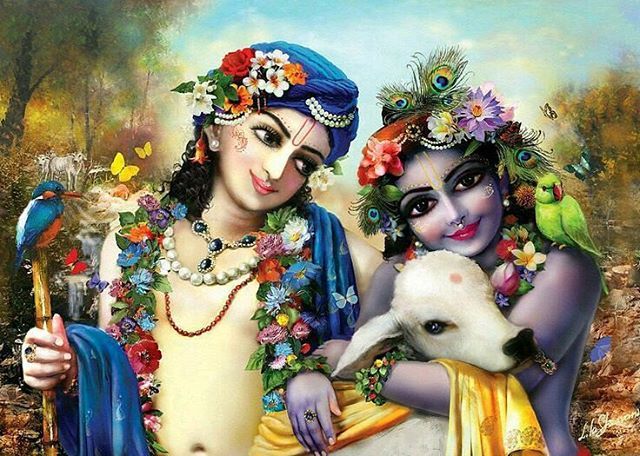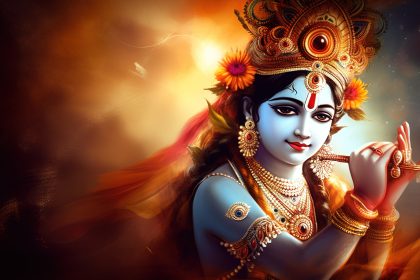“I have no objection if members of the Society dress like nice American gentlemen; but in all circumstances a devotee cannot avoid tilaka, flag on head (shikha) and (tulasi) beads on the neck. These are the essential features of a Vaisnava.”
(SPL to Brahmananda, 14th October, 1967)

“The top part, on the forehead, symbolises the footprint of the Lord. On the top of the nose, that symbolises or looks like a tulasi leaf. Both are very important and very auspicious. In India, all the temples of Visnu or Krishna, the main domes or sometimes the walls of the temples, you will see it has large scale tilak marks. These are the traditional markings for a temple of the Lord. Krishna, the Lord, is present in our hearts in other words our bodies are temples of the Lord. Therefore we decorate them as temples of the Lord. That is the significance.” – HH Bhakti Caitanya Swami
bcais.com
“Persons who are decorated with tilaka or gopī-candana [a kind of clay resembling fuller’s earth which is produced in certain quarters of Vrindāvana], and who mark their bodies all over with the holy names of the Lord, and on whose necks and breasts there are tulasī beads, are never approached by the Yamadūtas.” The Yamadūtas are the constables of King Yama (the lord of death).
Nectar Of Devotion CH 9


